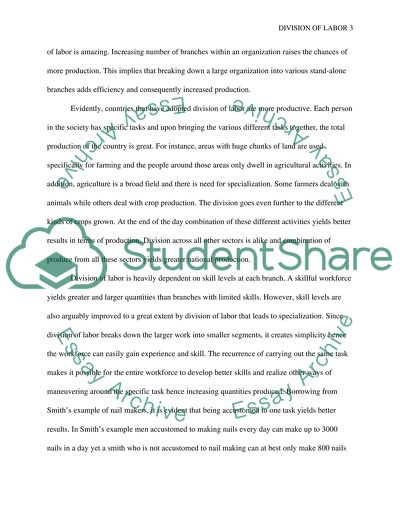Cite this document
(“Adam Smith Essay Example | Topics and Well Written Essays - 1250 words”, n.d.)
Retrieved from https://studentshare.org/history/1665247-adam-smith
Retrieved from https://studentshare.org/history/1665247-adam-smith
(Adam Smith Essay Example | Topics and Well Written Essays - 1250 Words)
https://studentshare.org/history/1665247-adam-smith.
https://studentshare.org/history/1665247-adam-smith.
“Adam Smith Essay Example | Topics and Well Written Essays - 1250 Words”, n.d. https://studentshare.org/history/1665247-adam-smith.


